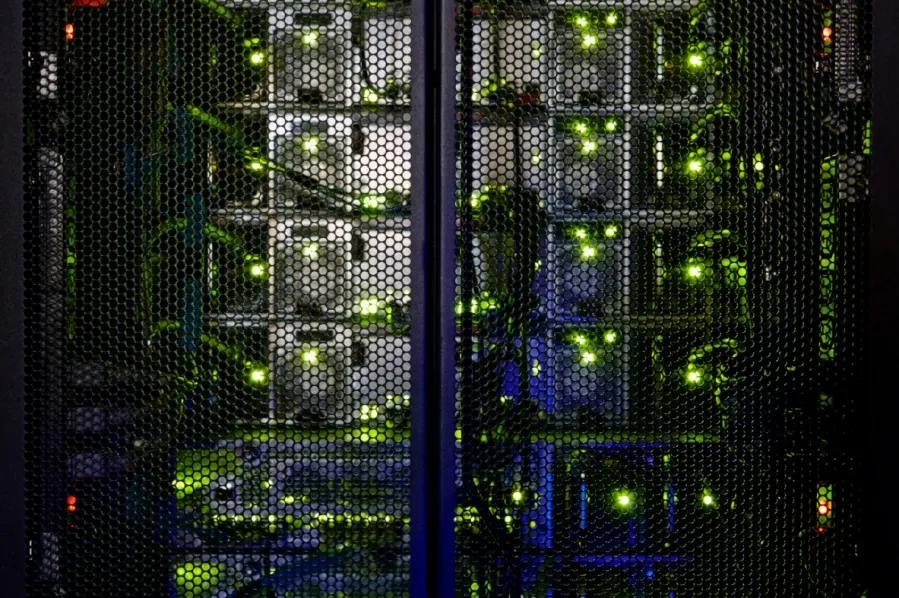Qualcomm Announces Snapdragon 8 Gen 5 Platform
Qualcomm added its latest smartphone platform to its premium-tier Snapdragon range.

HPE announced it is building a new supercomputer for the National Renewable Energy Laboratory (NREL) that is more energy efficient and 3.5 times more powerful than its existing system.
The new development is part of a long-standing collaboration between HPE and the U.S. Department of Energy (DOE) to apply advanced supercomputing and HPC solutions to accelerate research across various DOE agencies. The new system, which NREL has named Eagle, will run more detailed models that simulate complex processes, systems, and phenomena to advance early research and development on energy technologies across fields including vehicle, wind power, and data sciences.
With Eagle, the world’s largest HPC system dedicated to advancing renewable energy and energy efficiency technologies, HPE is supporting NREL’s ongoing mission to significantly improve energy consumption and widen its sustainability practices. Eagle is powered by the HPE SGI 8600, a system designed from the ground up to run complex HPC workloads at petaflop speeds. Additionally, with the SGI 8600, Eagle is gaining a warm liquid cooling system that captures 97 percent of wasted heat to reuse in other areas of its hosted facility like surrounding office space and labs.
HPE is enabling Eagle with a fully integrated, turn-key system that includes advanced next-generation compute, network and storage capabilities. The system runs on the Intel Xeon Scalable processors, uses Mellanox EDR InfiniBand fabric and comprises a total of 76,104 compute cores, 2,144 dual-socket computes nodes, each with memory ranging from 96 to 768 gigabytes (GB), delivering a peak performance of 8 petaflops. Eagle will be installed in NREL’s Energy System Integration Facility (ESIF) data center this summer and put into production use in January 2019.